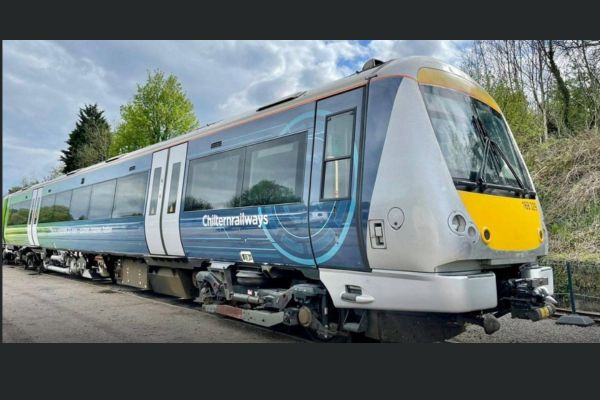Rising Momentum: Global Hybrid Train Market Growth and Trends
Key Ideas
- The global hybrid train market is projected to grow from USD 22.14 billion in 2024 to around USD 43.3 billion by 2034, with a CAGR of 6.94%.
- Europe leads the hybrid train market with a 33% share in 2024, driven by eco-friendly transportation focus and advanced rail infrastructure.
- Technological advancements like battery innovations, hydrogen fuel integration, and regenerative braking are enhancing the efficiency and appeal of hybrid trains.
- Environmental and regulatory drivers, operational flexibility, digitalization, and global expansion are key trends shaping the hybrid train market.
The global hybrid train market is experiencing significant growth, reaching a valuation of USD 22.14 billion in 2024 and is expected to surpass USD 43.3 billion by 2034, growing at a CAGR of 6.94%. This growth is attributed to the increasing focus on sustainable and energy-efficient transportation globally. Hybrid trains, equipped with innovative technologies such as regenerative braking and advanced energy storage, are replacing traditional diesel models rapidly, fueled by stricter emissions regulations and environmental consciousness.
Europe dominates the hybrid train market, with a 33% share in 2024, driven by its commitment to eco-friendly transportation and robust rail infrastructure. The region's early adoption of hybrid propulsion systems, propelled by stringent EU regulations on emissions, positions it as a leader in hybrid rail technology.
Asia Pacific is poised to witness the fastest growth in the hybrid train market, supported by strong government incentives and green policies. The adoption of hybrid trains is expected to accelerate in the region, although limited infrastructure poses a challenge for sustained growth.
Key trends in the hybrid train market include technological advancements like battery innovations, hydrogen fuel integration, and regenerative braking systems. Environmental initiatives and government incentives are also pivotal factors, alongside operational flexibility, digitalization, and global expansion efforts through infrastructure investments. The market is evolving to meet the demands of urbanization and population growth, with a focus on efficient and environmentally friendly public transportation solutions.
Topics
Rail
Government Policies
Technology
Innovation
Sustainability
Market Trends
Regulations
Transportation
Urbanization
Latest News
